Connecting speaker cables is easily the least popular aspect of setting up any loudspeaker system. Which connections on the back of the AV receiver or amplifier are the right ones and what about the positive and negative poles? Connecting speaker cables involves hands-on work, but if one takes the time to understand a few basic principles, it’s really quite easy.
Speaker cable basics
Each speaker in a stereo or home cinema system is fed its own electrical signal. A cable leading from an AV receiver or amplifier provides this signal. With a traditional 5.1 surround system, there will be 6 cables and with a larger 7.1, there will be 8 cables. The subwoofer is usually connected via a mono stereo cable. The other speakers are connected via 2-core stereo cables in which two copper wires, each consisting of many thin copper strands, carry the audio signal from the source to the speakers. The cables are covered with a synthetic cover so that only the ends of the wires are exposed.
Connecting speaker cables step-by-step
- Place the speakers and receiver where you want them, ideally with easy access to the connection panels.
- Lay the speaker cables in such a way that you’ll be unlikely to trip over them. There are many ways to secure and conceal cables from ducts to adhesive backed tape. You can even hide the cables behind foam mouldings along your wall.
- Line up the speaker cable with the correct output on your receiver or amplifier. This is actually quite easy as the connections are clearly labelled. The cable from the speaker on the right side of your stereo or surround system connects to the output marker “Speaker right.”
- Unscrew the binding posts on your AV receiver or amplifier enough so that a gap appears. The gap must be big enough to accomodate the stripped end of a speaker cable.
- Thread the stripped cable end into the terminal in such a way that none of the strands that make up the wire split off.
- Take care not to attach the cables to the wrong poles. The cable ends connected to the positive poles on the loudspeakers need to connect to the positive poles on the receiver. If the poles are not aligned, the driver membranes will work in the opposite direction. But not to fear: Speaker cables are colour-coordinated in order to help with this process.
Note: As a rule of thumb, the shorter the transmission distance, the higher the volume levels will be. Yet short distances are not always possible, especially with larger systems. For distances that exceed 7 meters, it’s recommended to use speaker cable with a minimum diameter of 4 mm. This will prevent the signal strength from dropping off.
Connecting speaker cables with banana plugs and cable lugs
The individual strands of cable wire have been known to be stubborn and resist attempts to stick together. That’s why banana plugs and cable lugs were invented: To create neater connection points between cables and terminals.
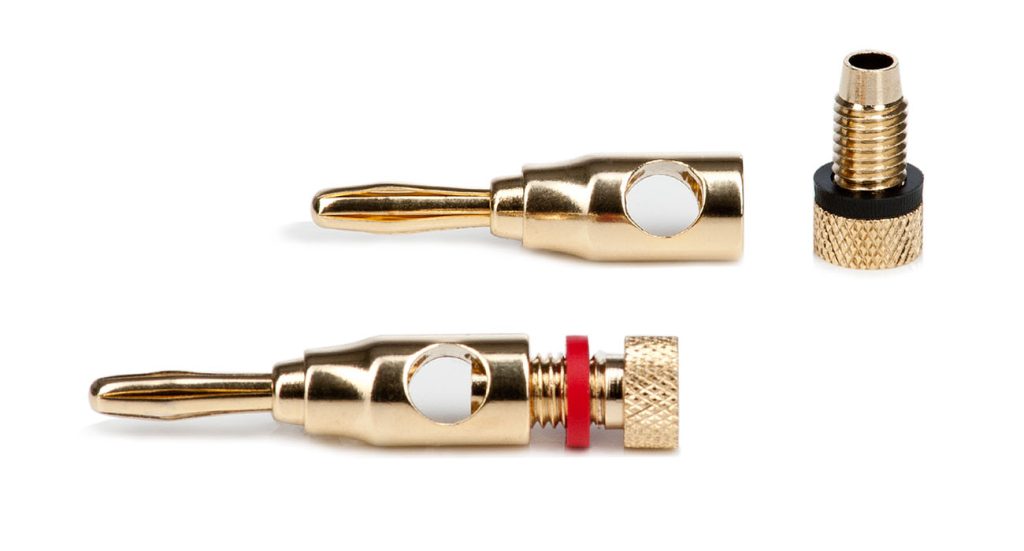
Cable lugs: These are attachments added to the ends of cable wires. The ends of cable lugs are flattened, allowing them to be easily inserted into a screw terminal. One disadvantage to cable lugs as opposed to working with the bare wire ends is that lugs have a tendency to become loose after some time. It’s therefore a good idea to check from time to time that the lugs are still firmly screwed in place.
Banana plugs: This a way of connecting a speaker cable that differs slightly from bare wires and speaker lugs. Instead of being screwed into place, they are simply plugged into the receiver or amplifier output. This is a great option for those who intend on moving their system around from time to time as it makes speakers easier to connect and disconnect.
Note that in order for speaker cable with banana plugs to be connected to receivers or amplifiers, a sort of protective cover must be removed from the binding post. The following video shows how this is done:
Teufel connects
The Teufel Audio webshop offers speaker cables in a variety of lengths and diameters. Our high-end reference series comes with different connection options including banana plugs and speaker lugs. The surfaces are gold-plated for long-lasting protection from corrosion.
Coda: Connecting speaker cables, the dreaded task is easier than you think
- Hi-fi loudspeaker cable usually consists of two copper wires surrounded by a protective jacket
- Subwoofers are generally connected to a special “sub out“ via a mono RCA cable
- Exposed speaker wire at the end of the cable inserts directly into the binding posts on an AV receiver or amplifier
- Alternative connection options include banana plugs and speaker lugs
All pictures: Property of Teufel Audio
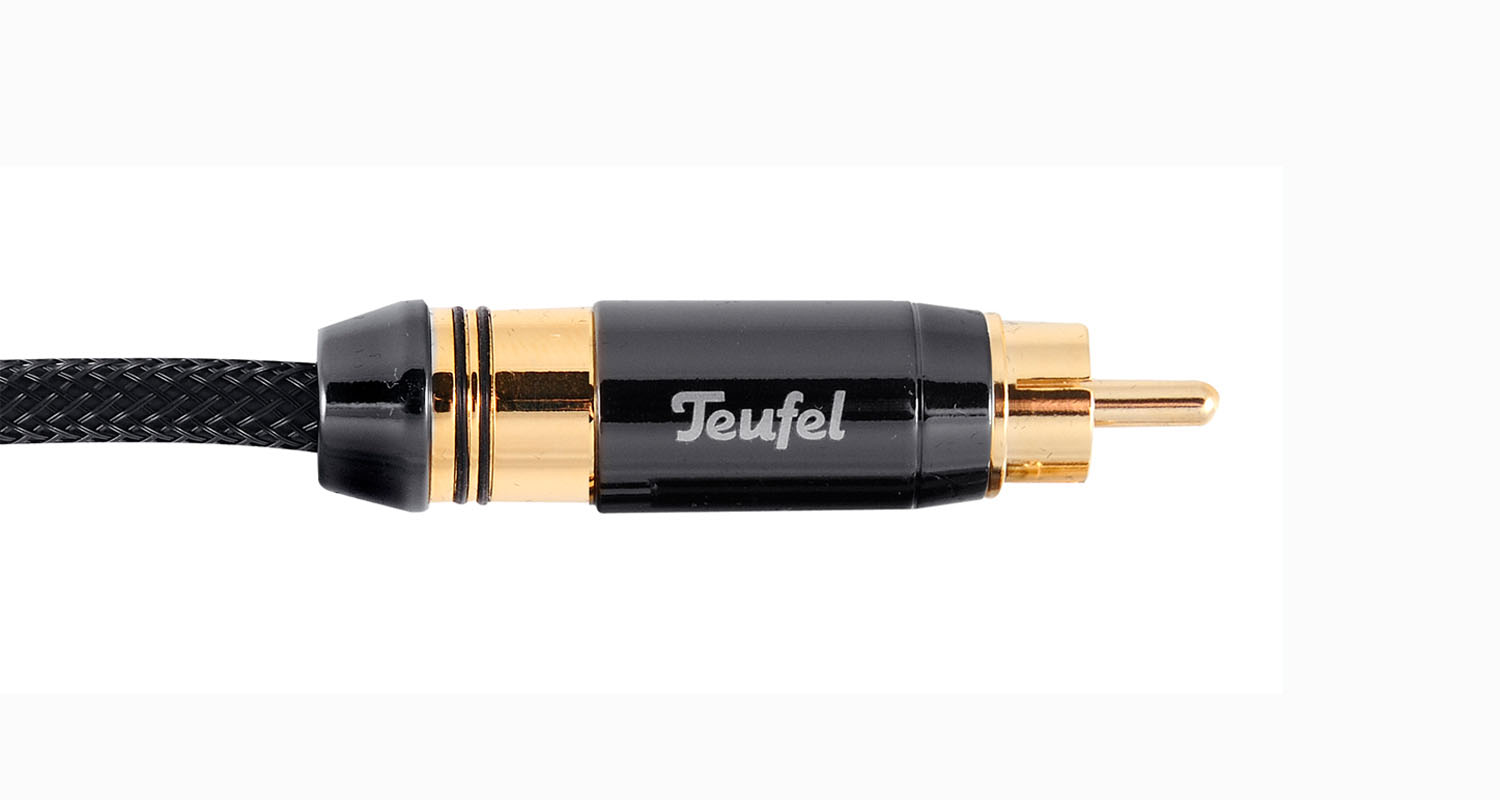
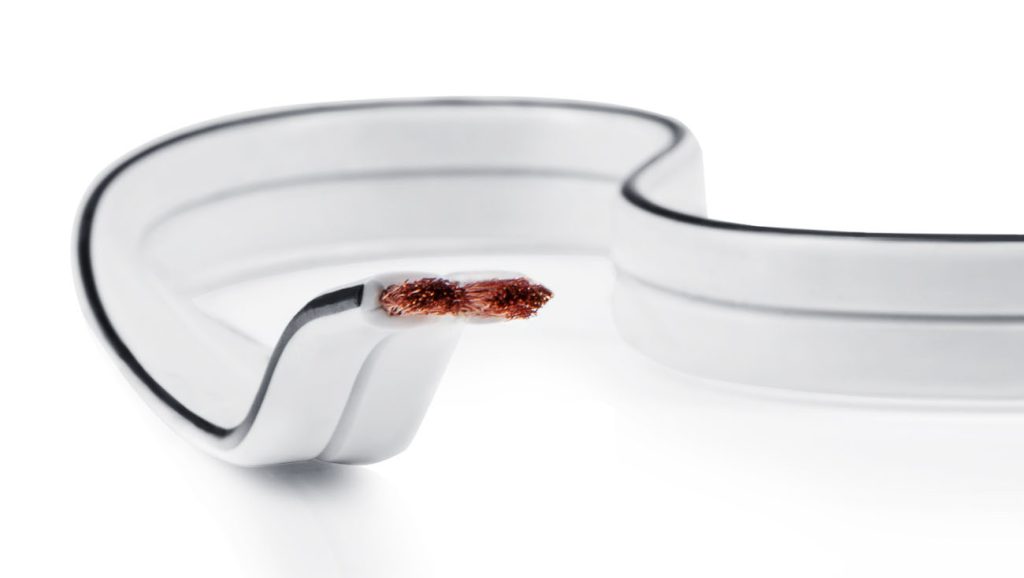

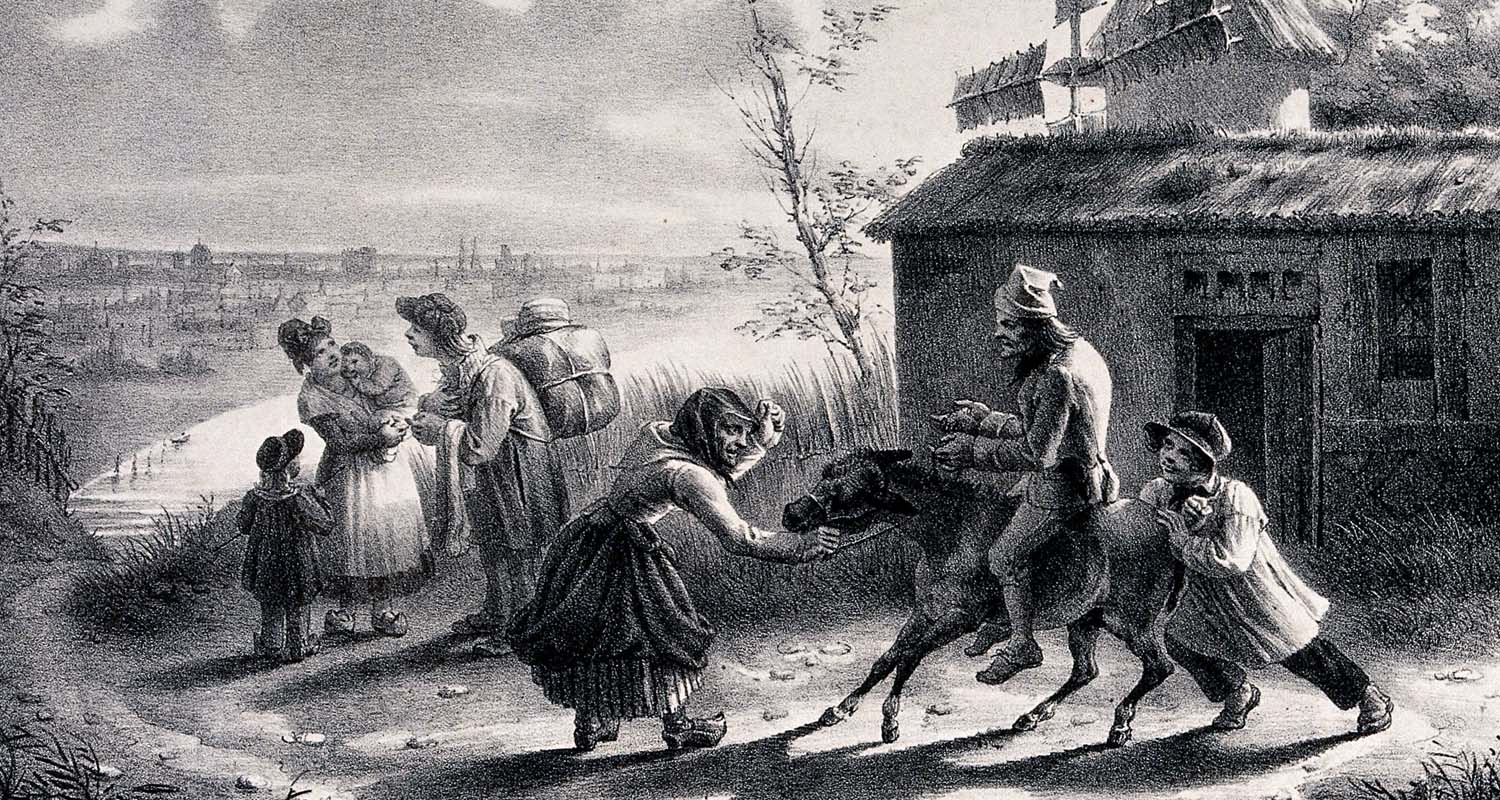
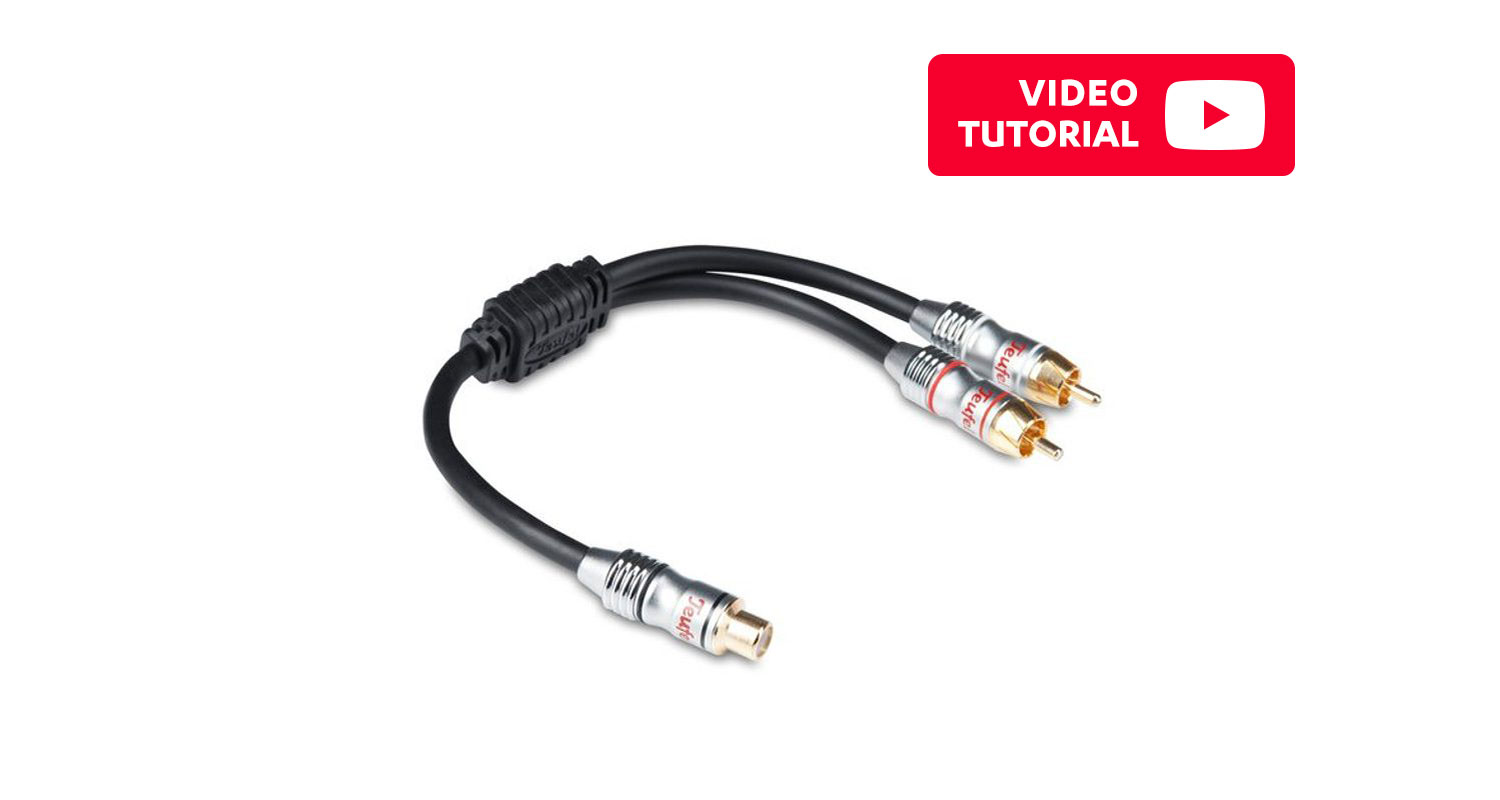
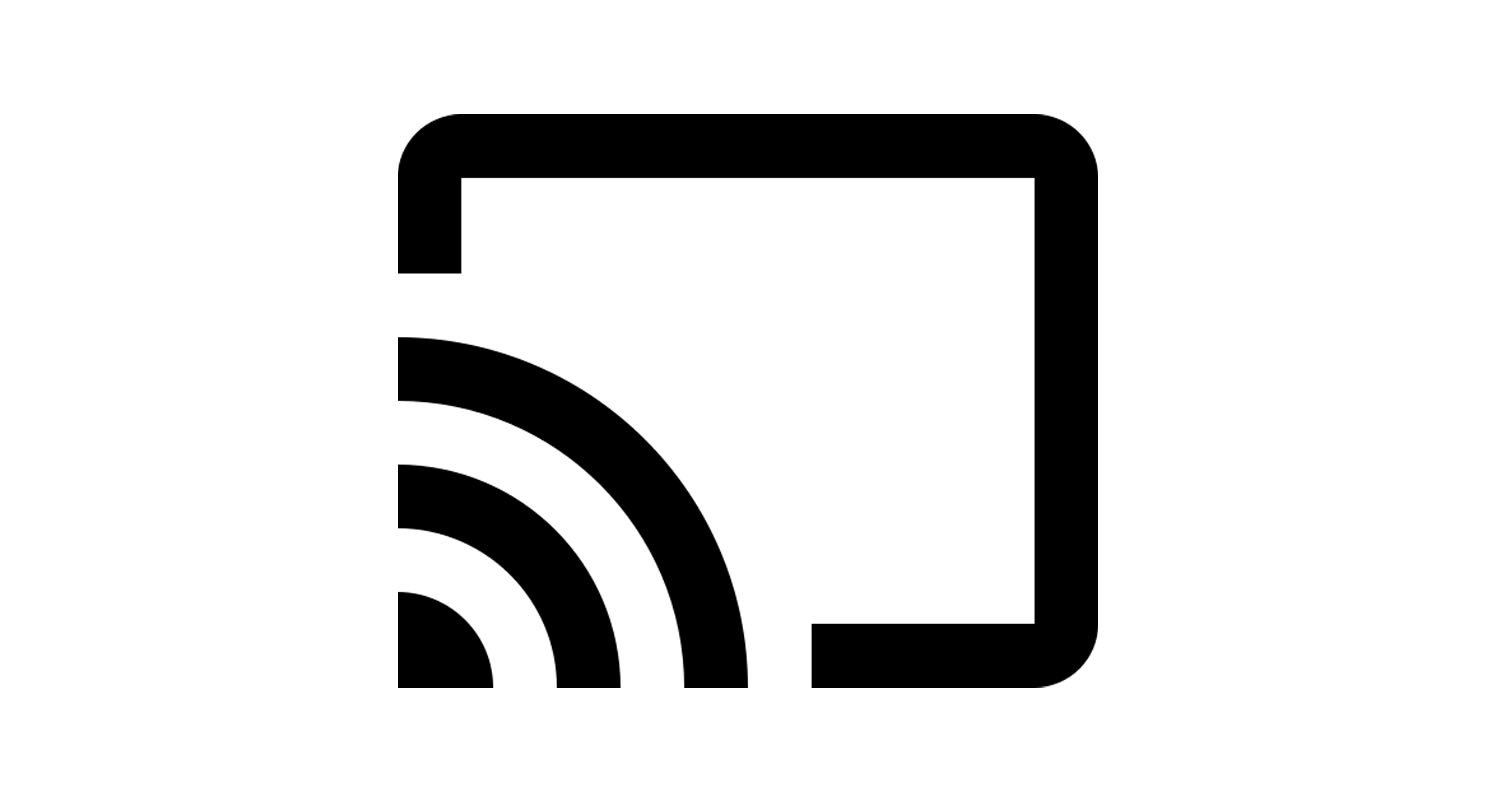
2 responses to “Connecting speaker cables: What you need to know”
I get information to set up Home Theater from you. nice informative article thanks for sharing with us.
Thanks Myrtle, glad we could help!